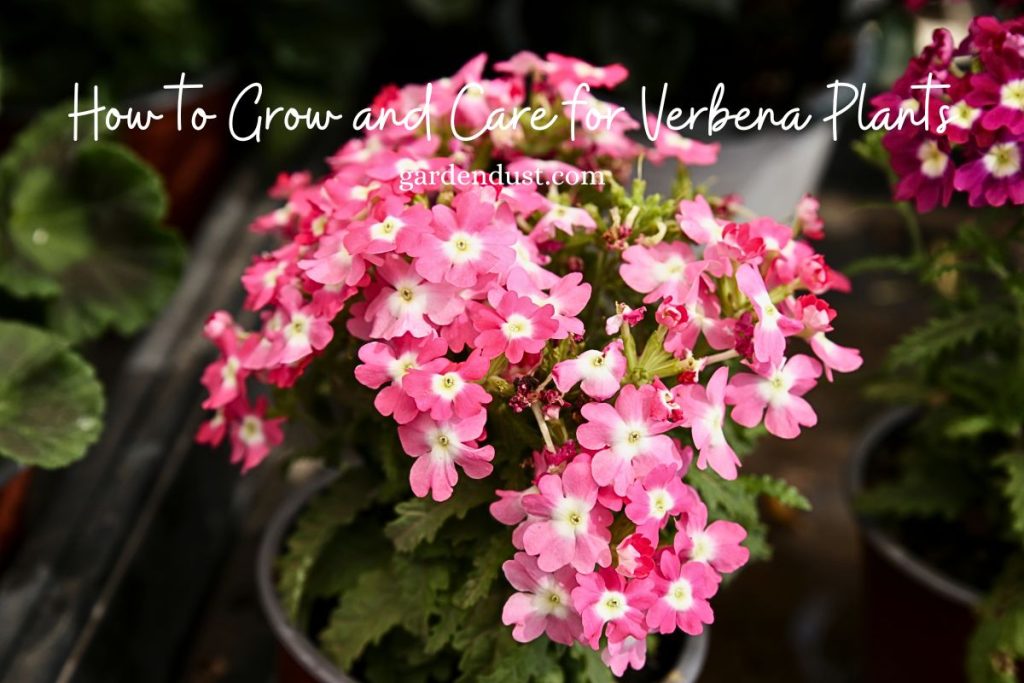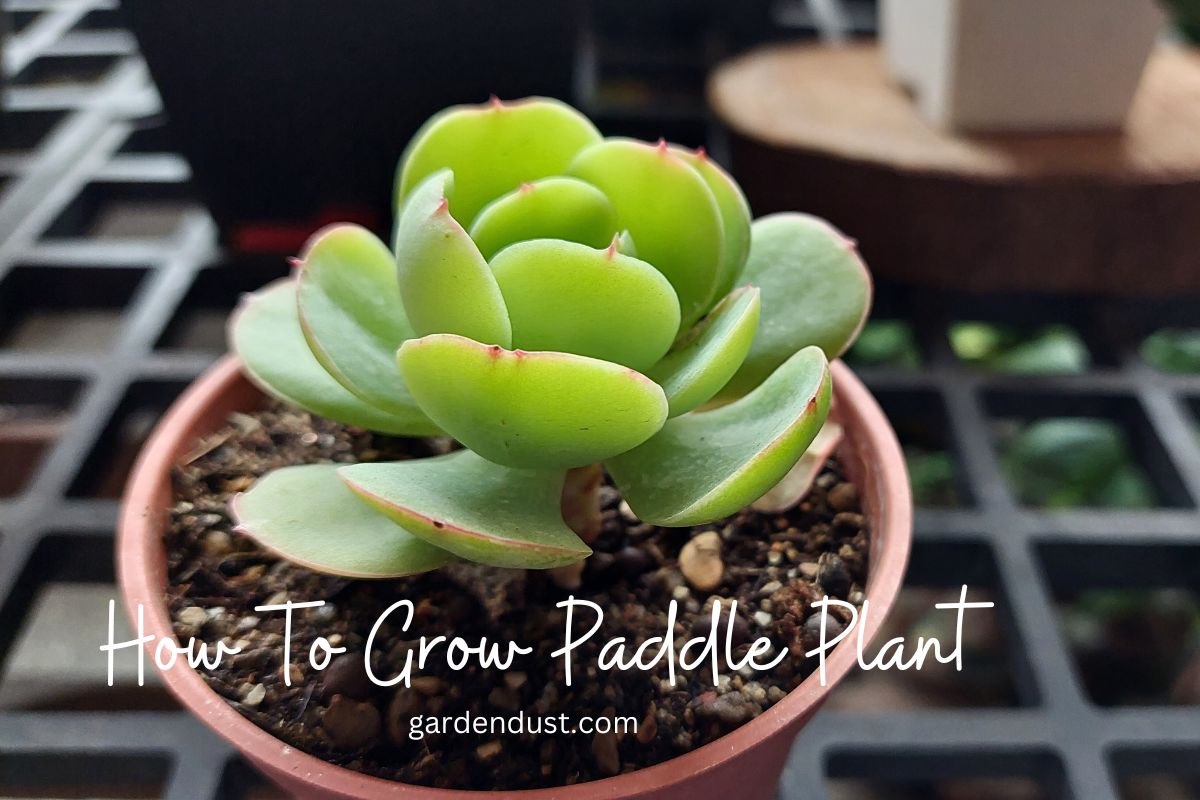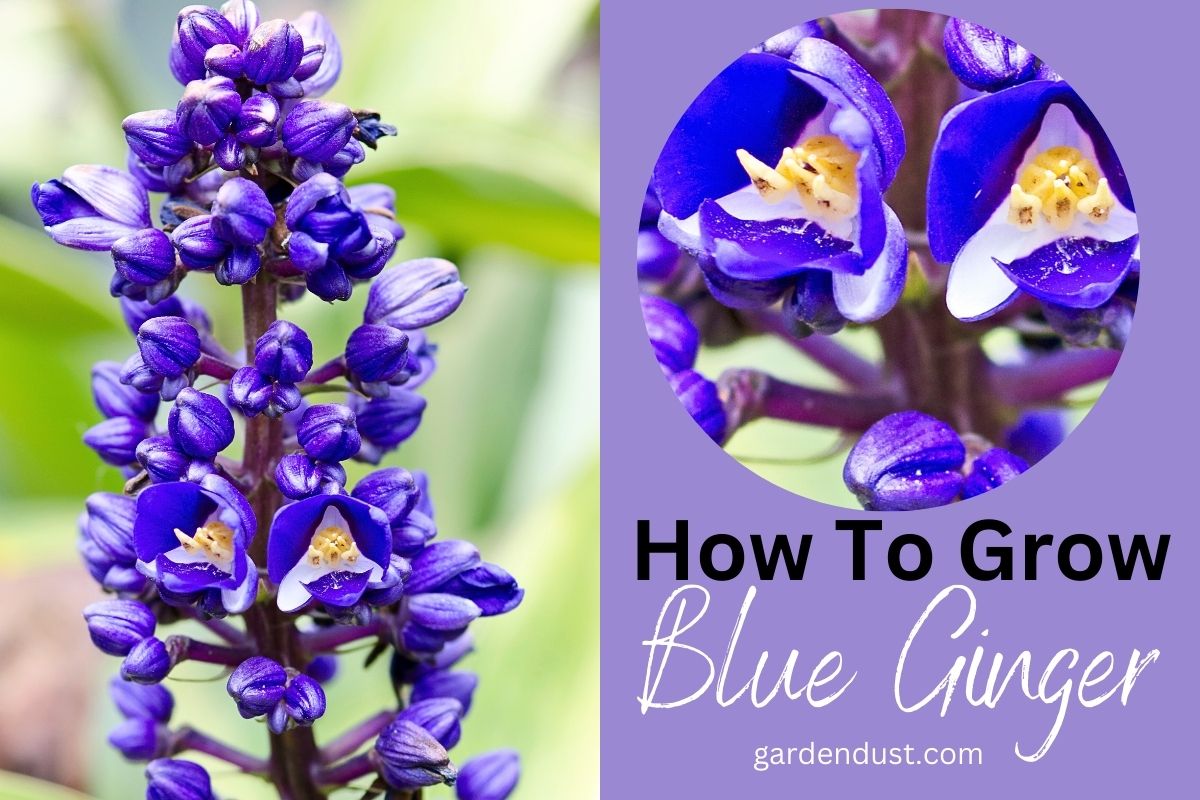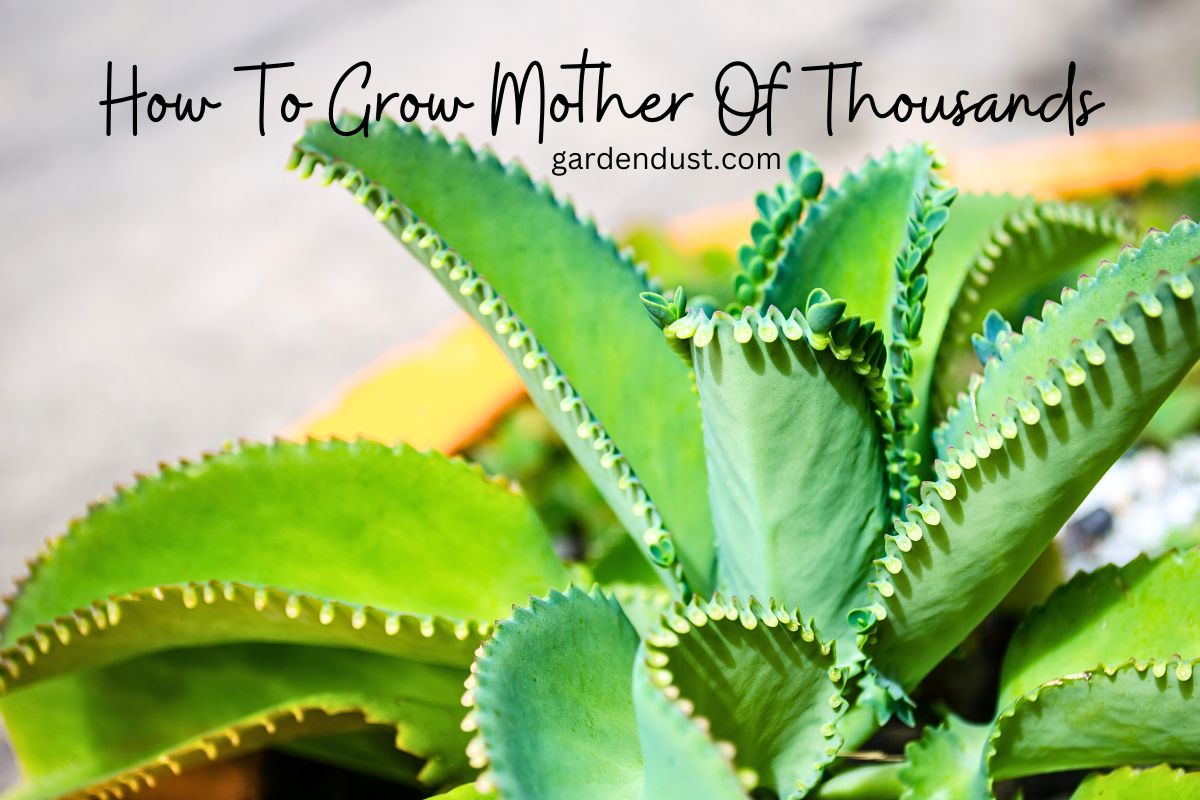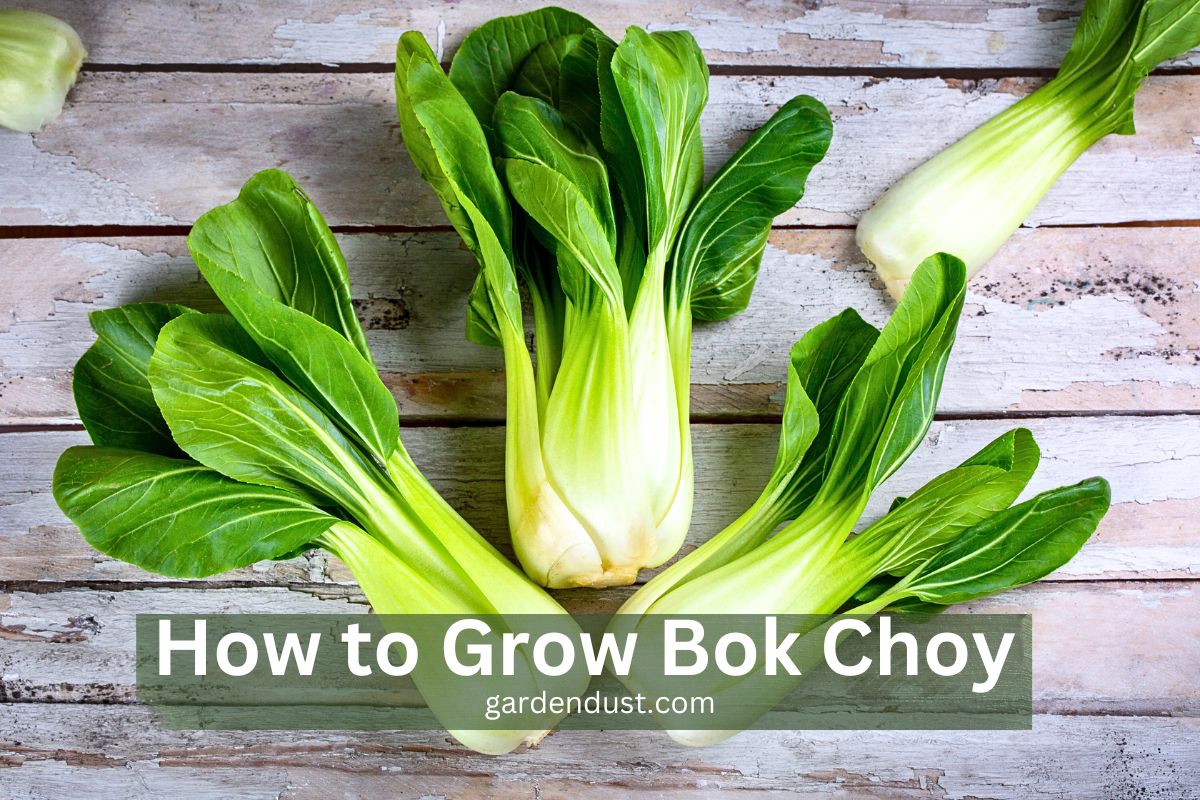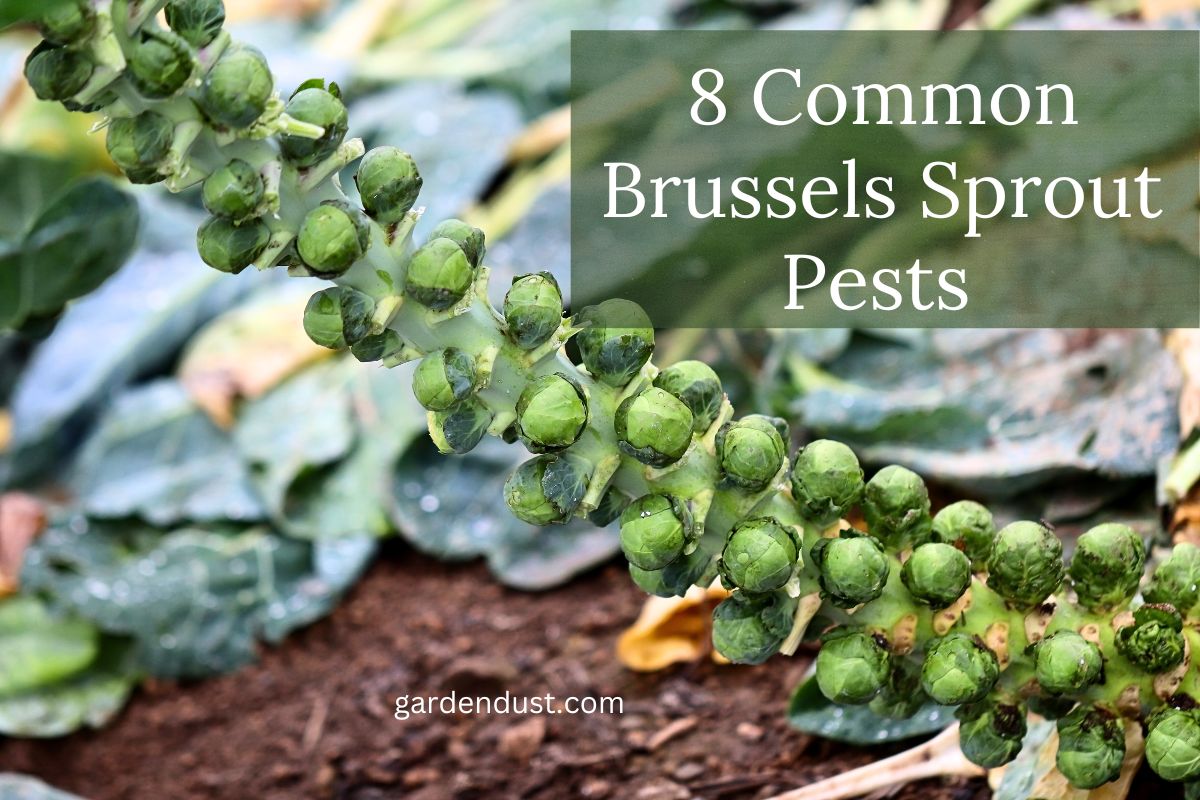Verbena plants, with their vibrant clusters of flowers and aromatic foliage, are a favorite among gardeners for adding a splash of color and fragrance to gardens, containers, and landscapes. These versatile and easy-to-grow plants come in various species and cultivars, making them suitable for various gardening preferences and styles. Whether you’re an experienced gardener or a beginner, this comprehensive guide will discuss about How to Grow and Care for Verbena Plants.
How to Verbena Plant
Before you start growing verbena plants, it’s important to choose the right variety that suits your gardening goals. Verbena plants can be annuals or perennials, and they come in a range of colors, including shades of pink, purple, red, white, and more. Some popular varieties include Verbena bonariensis, Verbena rigida, and Verbena x hybrida. Consider your local climate, garden design, and personal preferences when selecting the right variety for your garden.
Verbena plants thrive in full sunlight, so choose a planting location that receives at least 6-8 hours of direct sunlight daily. Ensure the soil is well-draining, as verbena plants don’t tolerate waterlogged conditions. If you’re growing verbena in containers, use a high-quality potting mix that provides good drainage.
READ ALSO:-How To Grow And Care For African Daisy
How To Grow And Care For Caladium
Verbena care
Prepare the Soil:
If your soil is heavy or clay-like, amend it with compost to improve drainage and fertility. This will provide a good foundation for your verbena plants to grow.
Spacing:
Depending on the variety, space your verbena plants about 12-18 inches apart to allow for proper air circulation and growth.
Planting:
Dig holes that are slightly larger than the root ball of your verbena plant. Place the plant in the hole, making sure it’s at the same level as it was in the nursery container. Backfill the hole with soil and gently press it down around the plant.
Watering:
Proper watering is essential for the health of your verbena plants, especially during the establishment period. Water your newly planted verbena thoroughly after planting and then regularly to keep the soil consistently moist but not waterlogged. Once established, verbena plants are somewhat drought-tolerant and prefer slightly drier conditions. Water them at the base to prevent wetting the foliage, which can lead to fungal issues.
Fertilizing:
To encourage healthy growth and continuous flowering, feed your verbena plants with a balanced, water-soluble fertilizer every 4-6 weeks during the growing season. Avoid over-fertilizing, as this can lead to excessive foliage growth at the expense of flowers.
Overwintering tips
Perennial verbena varieties have the potential to survive winter and come back in full force when spring arrives. To help them through the cold months, follow these steps-
- Trim back perennial verbena’s foliage after frost, cutting a few inches above soil level.
- Apply a layer of mulch around the base of perennials to insulate roots from harsh temperatures.
- Move potted verbena indoors to a cool, well-lit spot like a garage or shed.
- Water less frequently during winter to prevent soggy soil and root rot.
- Shield plants from extreme cold with burlap or frost cloth, especially in severe climates.
- Ensure the soil doesn’t dry out completely, but avoid overwatering.
- As temperatures rise, remove protection and trim back dead growth in preparation for new growth.
Blooming Time of Verbena Plants
The blooming time of verbena plants depends on the specific variety you’re growing and the local climate. Generally, most verbena varieties start blooming in late spring or early summer and continue to produce flowers until the first frost of fall. This extended blooming period is one of the reasons why verbena is a popular choice for gardens and landscapes. To get the most out of your verbena’s blooms, ensure they receive adequate sunlight, water, and care. Regular deadheading of spent flowers can also encourage continuous blooming throughout the growing season.
Pruning care verbena plants
Pruning is a key aspect of maintaining the health, appearance, and blooming capacity of your verbena plants. Follow these steps to master the art of pruning and help your verbena thrive:
- Deadhead Regularly: To encourage continuous flowering, remove faded blooms by pinching them off at the base. This prevents the plant from diverting energy into seed production.
- Pinch Young Plants: When your verbena is still young and establishing itself, pinch back the tips of the stems. This encourages branching, leading to a fuller and bushier plant.
- Trim Leggy Growth: If your verbena starts to get leggy or sprawls too much, give it a light trim. Snip about one-third of the stem’s length to promote compactness.
- Rejuvenate in Spring: In early spring, perform a more substantial pruning. Cut back the entire plant to a few inches above the ground to remove any dead or frost-damaged growth.
- Avoid Over-Pruning: While verbena is generally forgiving, excessive pruning can limit its blooming potential. Maintain a balance between trimming for shape and preserving flowering branches.
- Prune for Air Circulation: As your verbena grows, periodically thin out crowded areas. This enhances air circulation, reducing the risk of diseases like powdery mildew.
- Fertilize After Pruning: After a significant pruning session, give your verbena a boost with a balanced fertilizer. This provides essential nutrients for new growth.
- Don’t Neglect Perennials: Perennial verbena benefits from pruning, too. Trim back dead stems and foliage in late fall to prepare for winter.
Tip-Remember, different verbena varieties might have specific pruning needs, so it’s valuable to research the specific type you’re growing. With practice, you’ll develop a pruning routine that keeps your verbena flourishing and looking its best throughout the seasons.
Propagation Verbena plants
Propagating Verbena plants can be done through various methods, including seeds, stem cuttings, and division. Here’s a general overview of each method:
Seeds:
- Collect seeds from mature Verbena plants.
- Sow the seeds in a seed tray or small pots filled with a well-draining potting mix.
- Lightly cover the seeds with a thin layer of soil.
- Keep the soil consistently moist but not waterlogged.
- Place the tray or pots in a warm and well-lit area, preferably with indirect sunlight.
- Once the seedlings have grown large enough to handle, you can transplant them into larger pots or your garden.
Stem Cuttings:
- Take 4-6 inch cuttings from healthy, non-flowering stems.
- Remove the lower leaves from the cuttings, leaving only a few leaves at the top.
- Dip the cut end of the stem in a rooting hormone (optional but can enhance rooting).
- Plant the cuttings in a well-draining potting mix or a mix of perlite and peat.
- Mist the cuttings regularly to maintain humidity.
- Place the cuttings in a bright but indirect light location.
- Once the cuttings have rooted and established new growth, they can be potted up or transplanted outdoors.
Division:
- Dig up an established Verbena plant during its dormant season (usually in spring or fall).
- Gently separate the plant into smaller clumps, ensuring each clump has its own roots and foliage.
- Replant the divided clumps in well-prepared soil in new locations or containers.
- Water the newly planted divisions thoroughly and keep them consistently moist until they establish themselves.
Common Pests and Problems for Verbena Plants
While verbena plants are generally hardy, they can still encounter a few common pests and problems. Keep an eye out for aphids and whiteflies, which can infest the foliage and distort growth. These can be controlled with insecticidal soap or neem oil. Additionally, watch for powdery mildew, a fungal disease that appears as a white powdery coating on leaves. To prevent this, provide good air circulation and avoid overhead watering. Root rot can occur if the soil remains consistently soggy, so ensure proper drainage. Regularly inspecting your verbena plants and taking swift action can help you maintain their health and vitality.
Growing and caring for verbena plants can be a rewarding experience for gardeners of all levels. With their stunning blooms, delightful fragrance, and low-maintenance nature, verbena plants are an excellent addition to any garden or landscape. By selecting the right variety, providing proper sunlight, water, and care, you’ll be able to enjoy these colorful and aromatic plants throughout the growing season. Whether you’re adorning flower beds, borders, or containers, verbena plants are sure to bring beauty and joy to your outdoor space. Happy Gardening…

